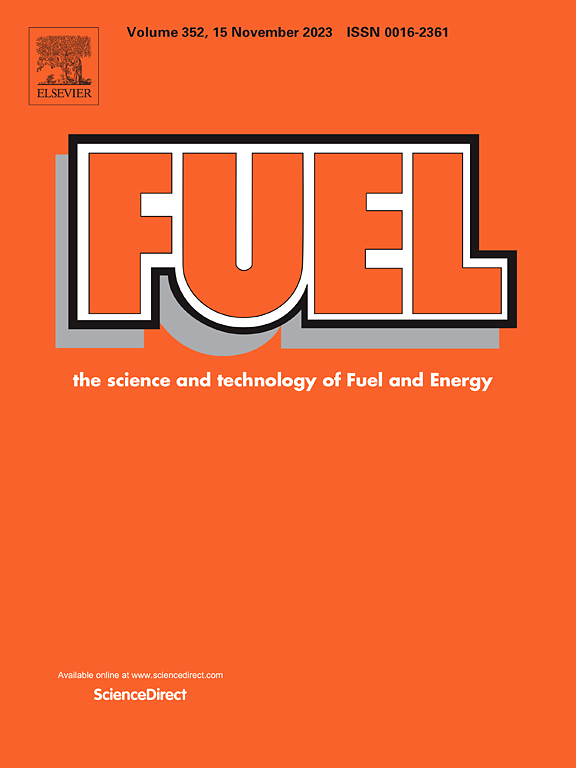利用与模型无关的可解释人工智能预测基于生物废料的多孔碳中的二氧化碳吸收量
IF 6.7
1区 工程技术
Q2 ENERGY & FUELS
引用次数: 0
摘要
本研究采用科学计量学和模型不可知论的多层可解释人工智能(XAI)技术,对生物质废弃物衍生多孔碳(BWDPCs)的二氧化碳(CO2)吸收预测进行了全面研究。该研究旨在确定该领域的主要特征和趋势,并建立、比较和分析四种不同的二氧化碳吸收预测黑盒机器学习(ML)模型。在这项研究中,通过模型评估参数和散点图,统计分析支持了这样一个事实,即极端梯度提升(XGBoost)模型被认为是二氧化碳摄取量预测方面性能最好的模型,在训练(MSE:0.157, RMSE: 0.397, MAE: 0.294, MAPE: 0.112, R2: 0.931)和测试阶段(MSE: 0.345, RMSE: 0.588, MAE: 0.461, MAPE: 0.121, R2: 0.860)。现在,性能最好的黑盒 ML 模型作为 XGBoost 模型,成为多层 XAI 分析的基础。利用多层 XAI 技术解释黑盒 ML 模型并将其转换为白盒模型,可以更清晰地洞察影响全球和地方二氧化碳吸收的重要关键特征。该研究表明,使用多层 XAI 分析有助于提高预测模型的可信度,并为白盒模型在二氧化碳吸收中的应用提供了前进方向。本文章由计算机程序翻译,如有差异,请以英文原文为准。
Prediction of CO2 uptake in bio-waste based porous carbons using model agnostic explainable artificial intelligence
This study introduces comprehensive research on the prediction of the carbon dioxide (CO2) uptake from the biomass-waste derived-porous carbons (BWDPCs), by using scientometrics and model agnostic multi-layered explainable artificial intelligence (XAI) techniques. It aims to identify the main characteristics, and trends that are specific to this domain, and to establish, compare and analyse the four different black box machine learning (ML) models for CO2 uptake prediction. For this study, through model evaluation parameters, and scatter plots, statistical analysis supports the fact that the Extreme Gradient Boosting (XGBoost) model is found to be the best performing model for CO2 uptake prediction with low errors and high coefficient of correlation for both training (MSE: 0.157, RMSE: 0.397, MAE: 0.294, MAPE: 0.112, R2: 0.931) and testing phases (MSE: 0.345, RMSE: 0.588, MAE: 0.461, MAPE: 0.121, R2: 0.860). Now, with the best performing black box ML model as XGBoost model, it serves as the basis for the multi-layered XAI analysis. Using multi-layered XAI techniques to interpret the black box ML model and covert it to a white box model, it makes clearer insights into the significant key features that affect the CO2 uptake both at the global and local level. The study demonstrates that using multi-layered XAI analysis helps in improving the trust of the predictive model and provides a way forward for the application of white box models in CO2 uptake.
求助全文
通过发布文献求助,成功后即可免费获取论文全文。
去求助
来源期刊

Fuel
工程技术-工程:化工
CiteScore
12.80
自引率
20.30%
发文量
3506
审稿时长
64 days
期刊介绍:
The exploration of energy sources remains a critical matter of study. For the past nine decades, fuel has consistently held the forefront in primary research efforts within the field of energy science. This area of investigation encompasses a wide range of subjects, with a particular emphasis on emerging concerns like environmental factors and pollution.
 求助内容:
求助内容: 应助结果提醒方式:
应助结果提醒方式:


